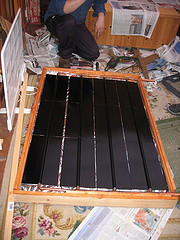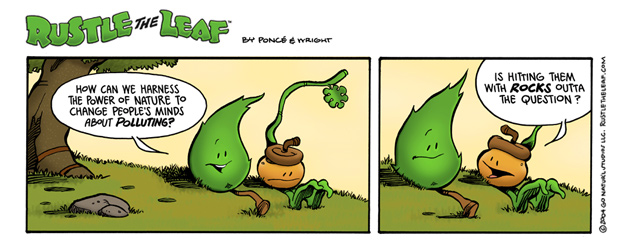 The New York times had an interesting op-ed last Monday by Paul Krugman, Cassandras of Climate Change. It contains a few quotable bits, but they’re large and the piece is short, so I’ll leave it to you dear reader to follow the link.
The New York times had an interesting op-ed last Monday by Paul Krugman, Cassandras of Climate Change. It contains a few quotable bits, but they’re large and the piece is short, so I’ll leave it to you dear reader to follow the link.
Krugman mentions Mr. Gore, and his film The Inconvenient Truth, which never quite seemed to live up to the hype… but I do have high hopes for The Age of Stupid, if it ever makes it into general distribution that is. To be honest though, what’s really been driving home a sense of urgency for me recently is PBS, specifically five year old re-runs of Scientific American Frontiers!
A recently aired segment in “Forever Wild?“, which I previously mentioned in passing, makes an excellent case for not mucking with the atmosphere. “Hot Times in Alaska” examines a number of disturbing changes well-underway that even those familiar with the global warming might not be aware of. And a third episode, “Hot Planet – Cold Comfort,” looks at the merits of another movie, The Day After Tomorrow.
All three episodes can be viewed for free online, and are worth reviewing in your spare time, or passing on to others who still don’t quite understand what all the fuss is about. “Hot Times” also happens to be showing Friday night at 9 on GBH Kids.








